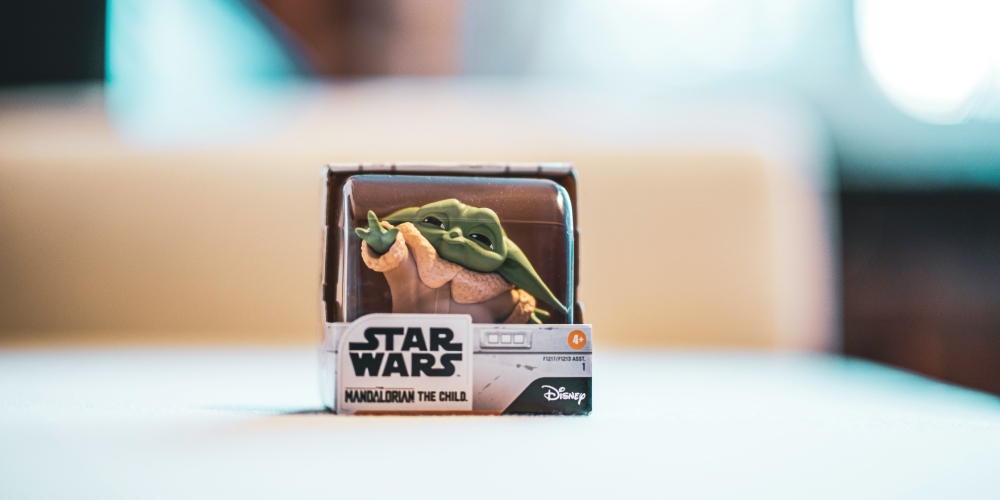The US manufacturer is assessing its offer of traditional toys, new lines and licensed brands such as Disney.

The US toy manufacturer Hasbro closed 2023 with net losses of US$1.5 billion. This is a completely different scenario to the previous year, when it made US$203 million.
However, this weak performance was not replicated in Latin America, where the company obtained revenues of US$311 million, only 1% less than 2022.
«You could say that Latin America was the region where Hasbro performed best in 2023. We were practically at flat levels compared to the previous year, so I believe that the region’s position is positive (…) We are healthier and in optimal condition to face challenges,» Andrés Gómez, the company’s general manager for the Andean region (which includes Chile, Colombia and Peru), told DFSUD during the Hasbro Showroom 2024.
The executive pointed out that the reality of these three countries is quite similar, with circumstances that repeat, including inflationary phenomena, supply issues in the global chain and devaluation of the local currency.
«Each country has an important role. Chile, which has our largest per capita consumption, is a market with a significant level of maturity, in which retail has regional characteristics,» he highlighted.
He indicated that Peru and Colombia are more similar in terms of volume, despite the difference in population size. Even so, each has particular needs and realities that, in his opinion, Hasbro has understood well.
Brand assessment
On analyzing the firm’s portfolio, the executive identified Furby as the best performing brand in 2023. Furby is a line of animatronic plush toys created in 1998 that had spent at least 10 years «switched off».
In 2013, Furby experienced a sales boom that subsequently cooled off.
«It was our number one toy, with spectacular results in terms of rotation. We also have really noble and long-lasting brands that show extremely positive results, such as board games and the popular Play-Doh,» commented José Antonio Massanés, the firm’s marketing director.
This year’s focus will be on those brands; but they are joined on the list by Monopoly, Nerf Club, Transformers, Peppa Pig and the items they manage alongside commercial partners such as Disney.
Trends and technology
With regard to developments in the sector, Massanés highlighted innovation and entertainment as fundamental pillars.
«The entertainment pipeline for the coming years is extremely strong. There is an important growth and development portfolio for 2024, 2025 and beyond,» he explained.
Regarding the use of technology, Gómez predicts digital collaborative scenarios.
«There is an application called Monopoly Go, which has just generated US$2 billion in revenue, only 10 months after its launch. This, in a brand that is about to turn 90 years old and started as a board game,» he stated.
Along these lines, the executive described how Hasbro is seeing opportunities and understanding business through what consumers want.
«Today, a consumer can take the time to play Monopoly with a child, but they do not want to count bills; they want to use a card to pay or get paid,» he explained.
Collecting
Another important gamble by the manufacturer relates to the region’s collecting boom, with more and more people – both children and adults – buying toys and objects from brands such as GI Joe, Transformers, Star Wars and Marvel.
According to Gómez, Hasbro is one of the companies that has been able to best capitalize on the phenomenon of fans and collectors, which is increasingly permeating more and more categories.
«A collector is not only an adult with the ability to pay. There are children who collect; obviously, their purchase frequency and average expenditure may be lower, but there are children who are very knowledgeable about brands, and that is one of the characteristics that consumers in this segment have,» Gómez explained.
Other foreign toy brands are also present in Chile. For example, the Danish company Lego has just opened its largest store in the region in the south of Chile, with 133 square meters of retail space.



%2017.11.51.png)

